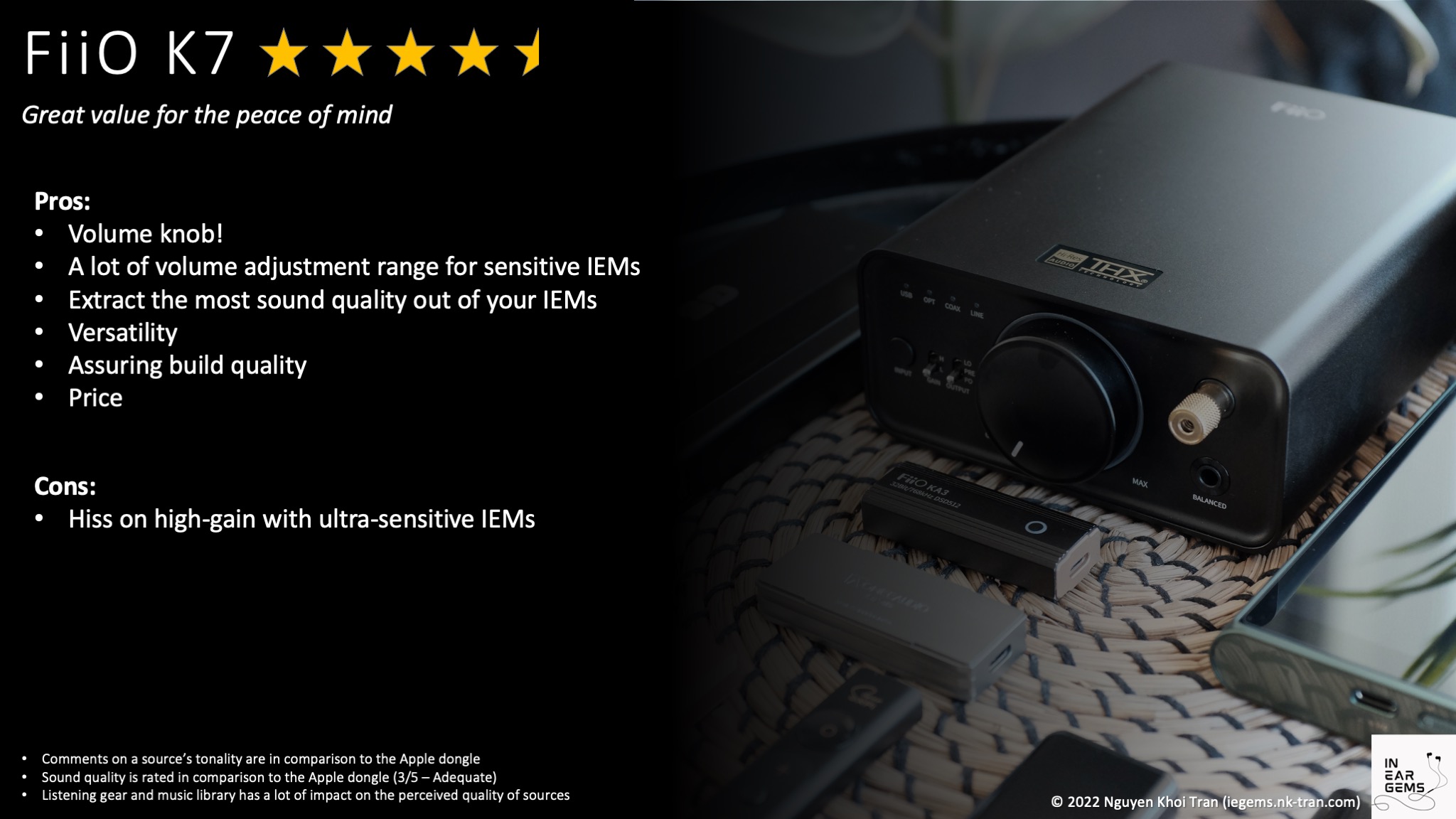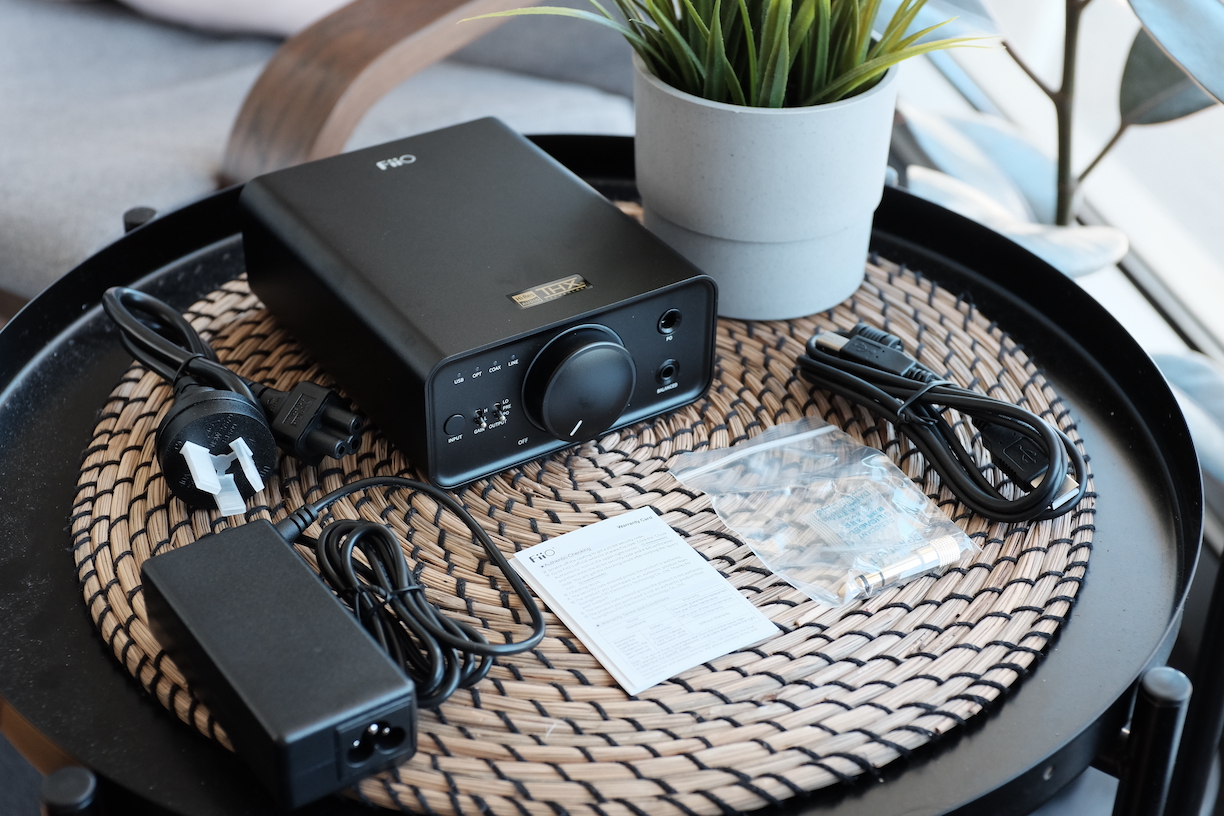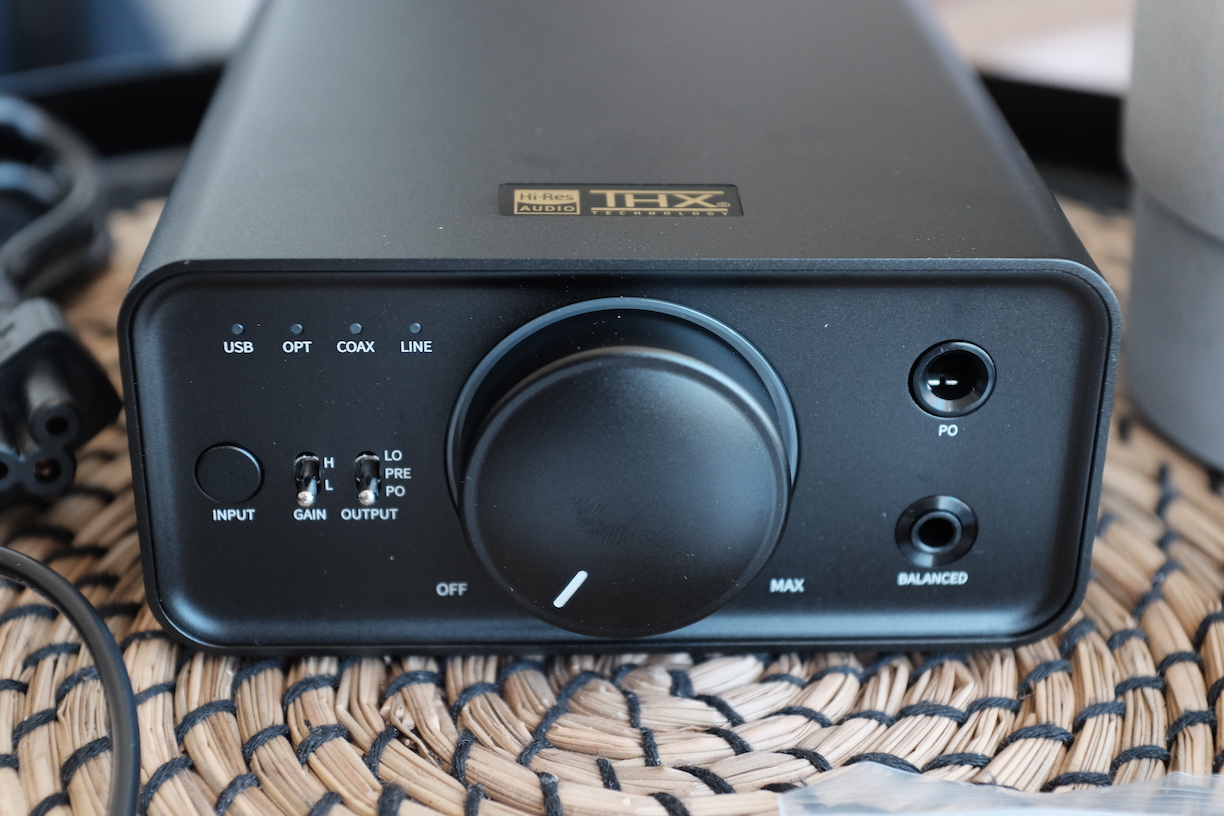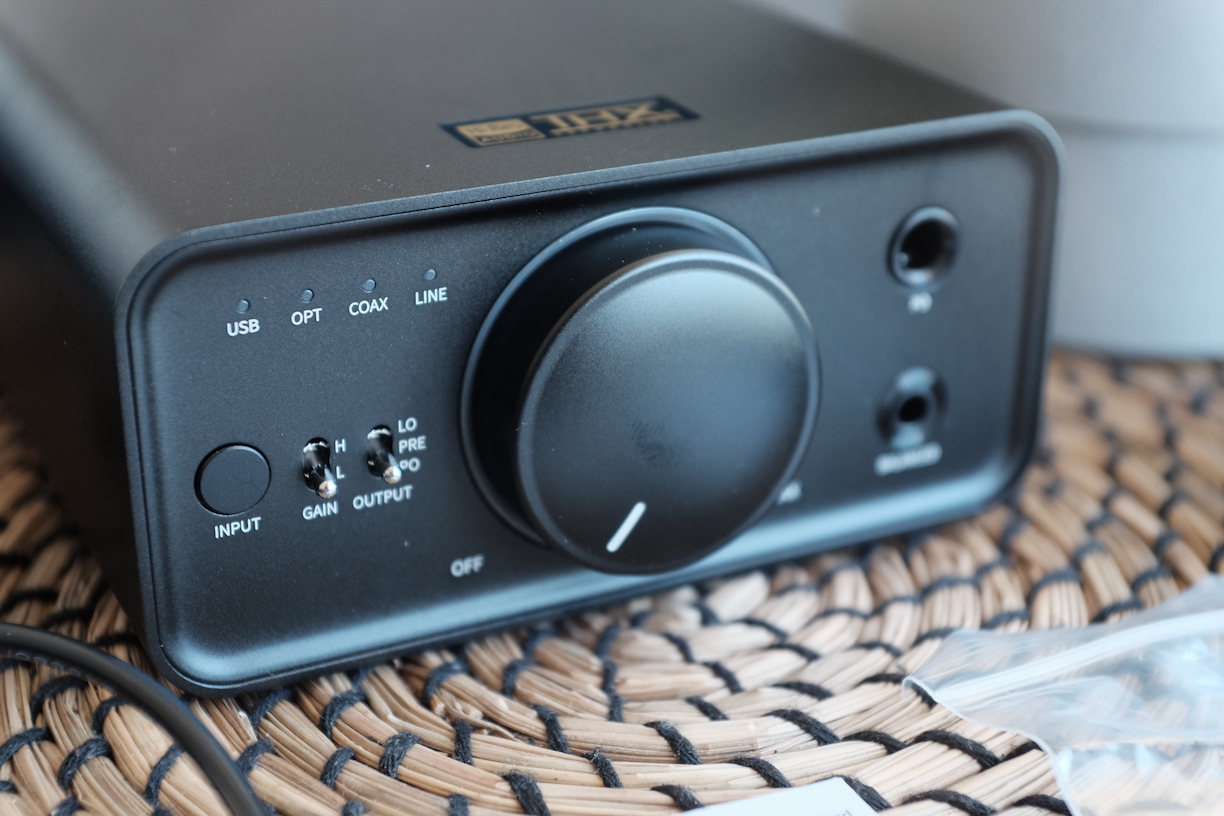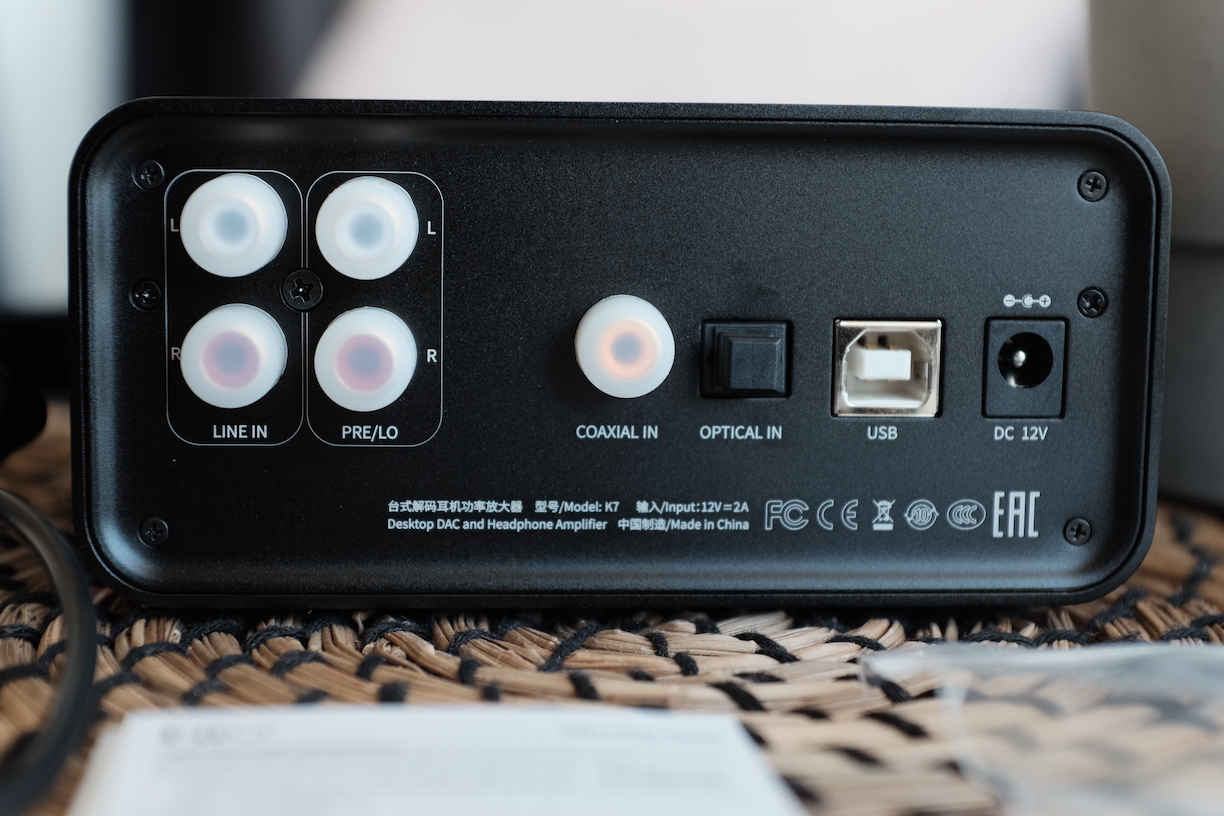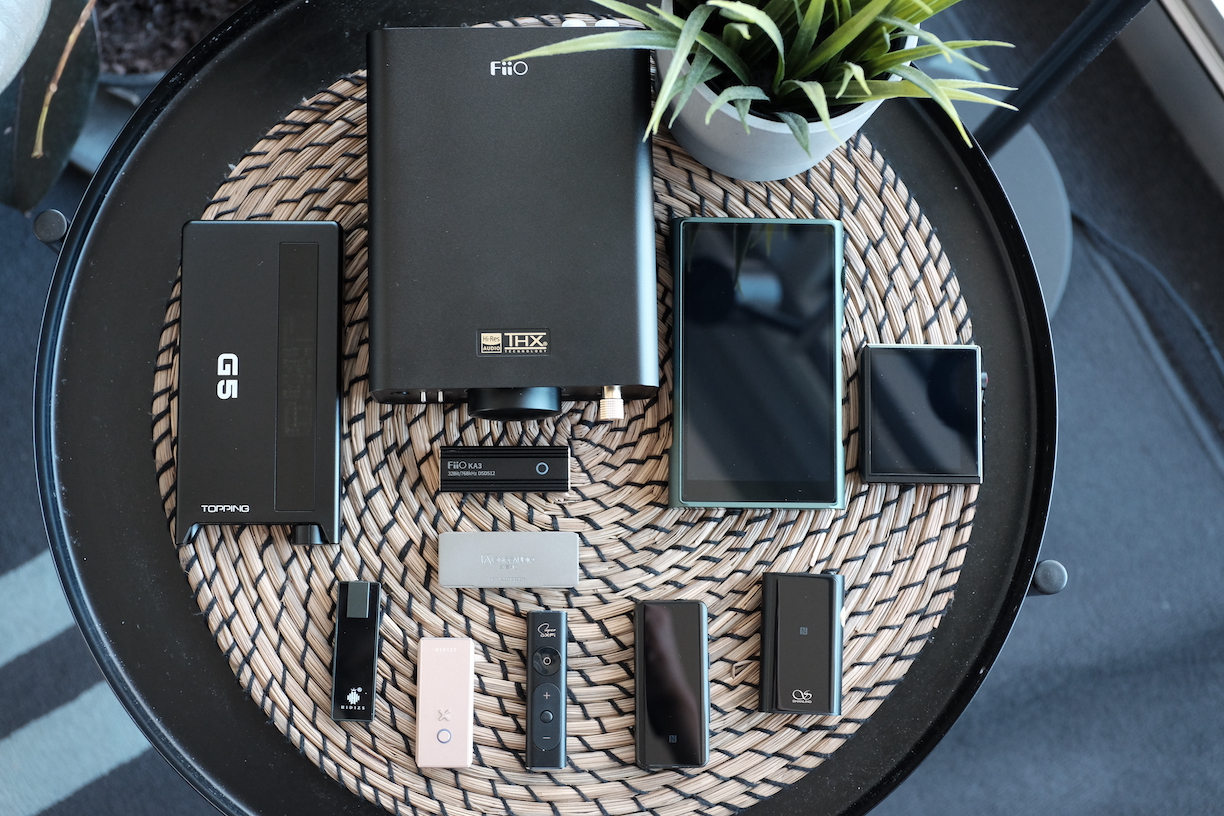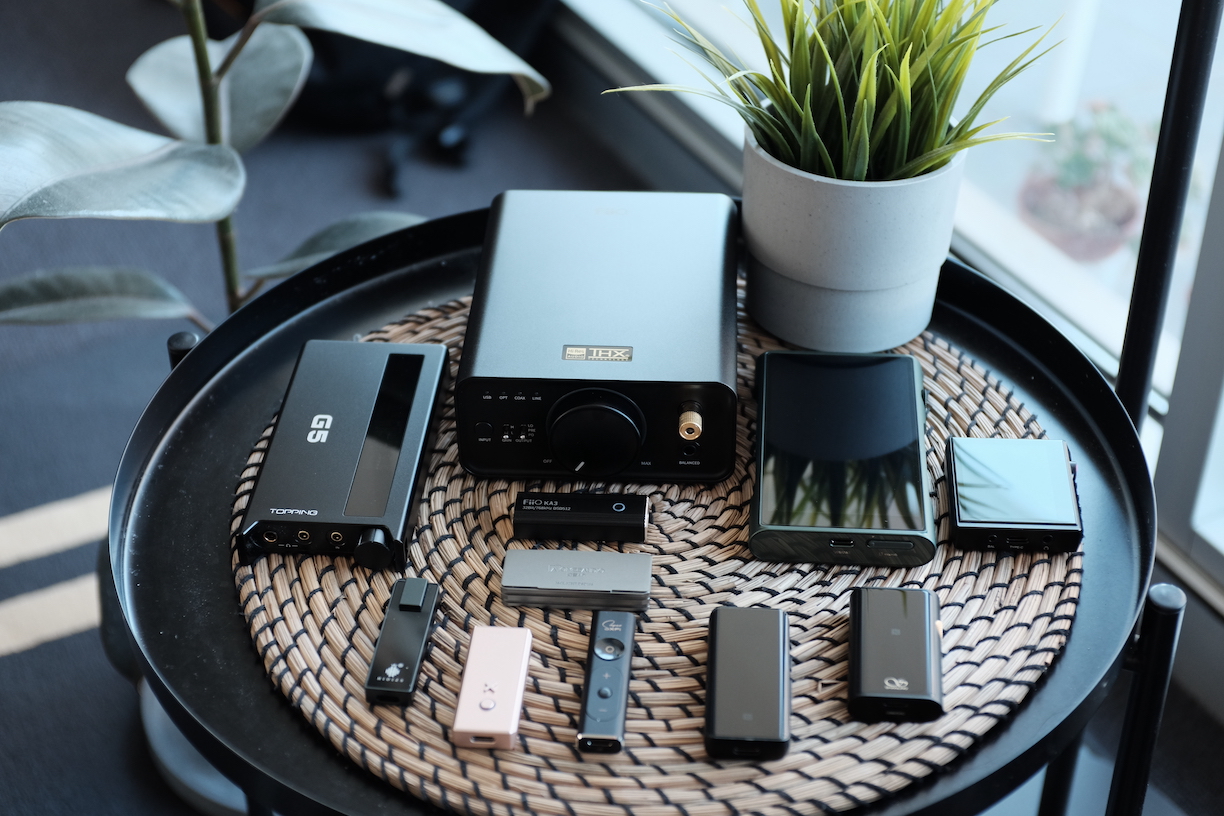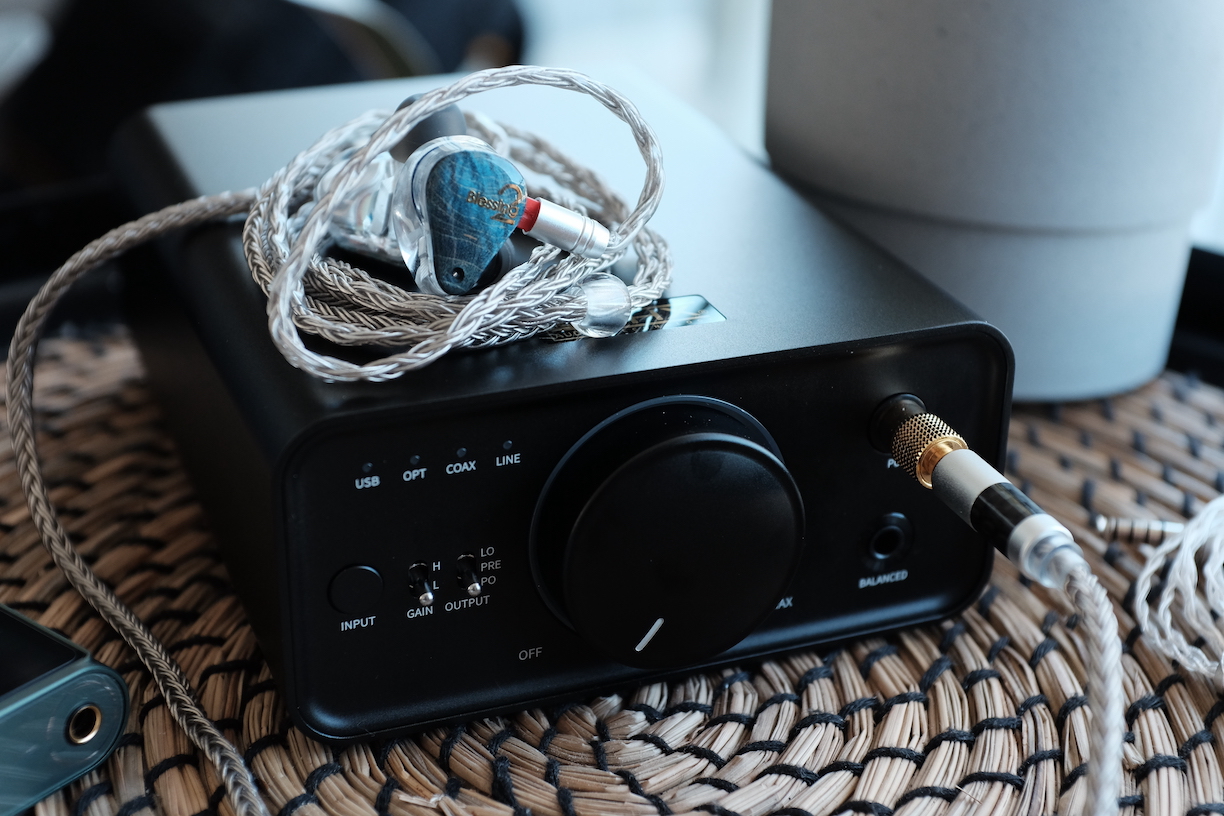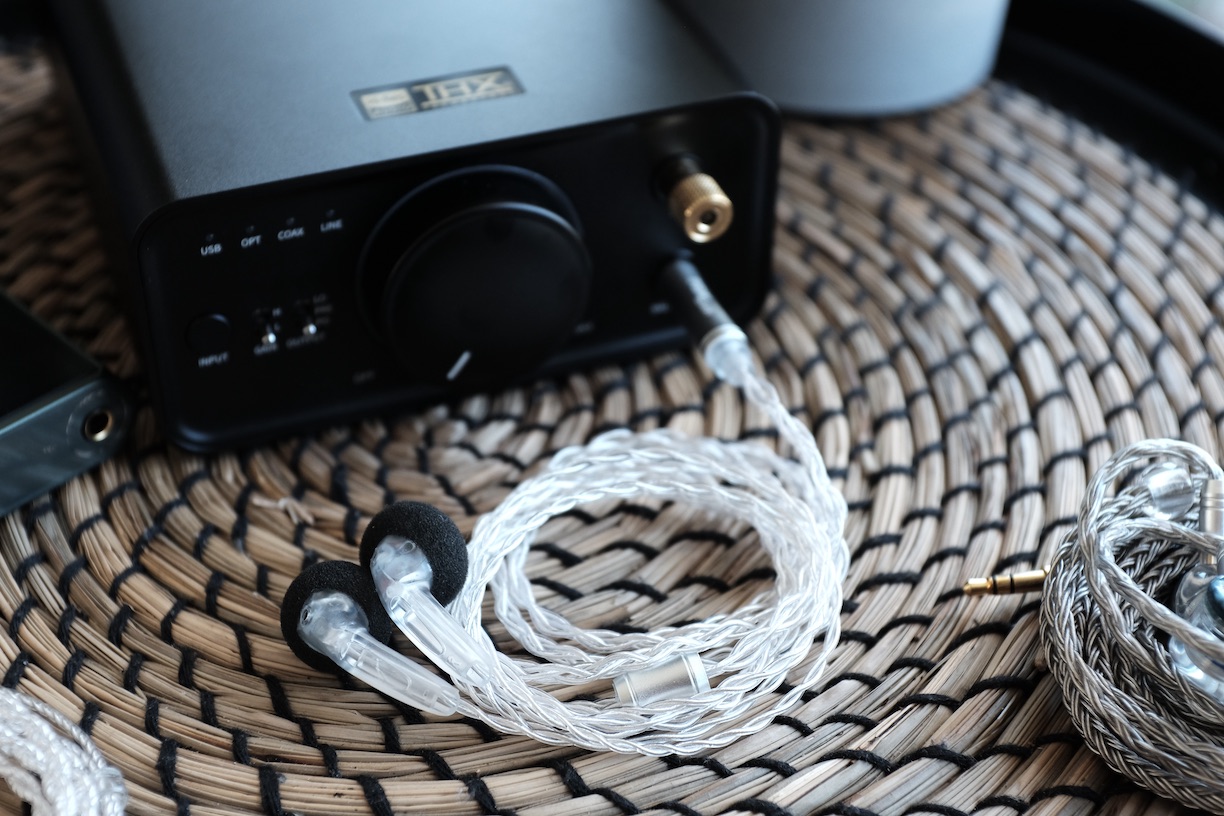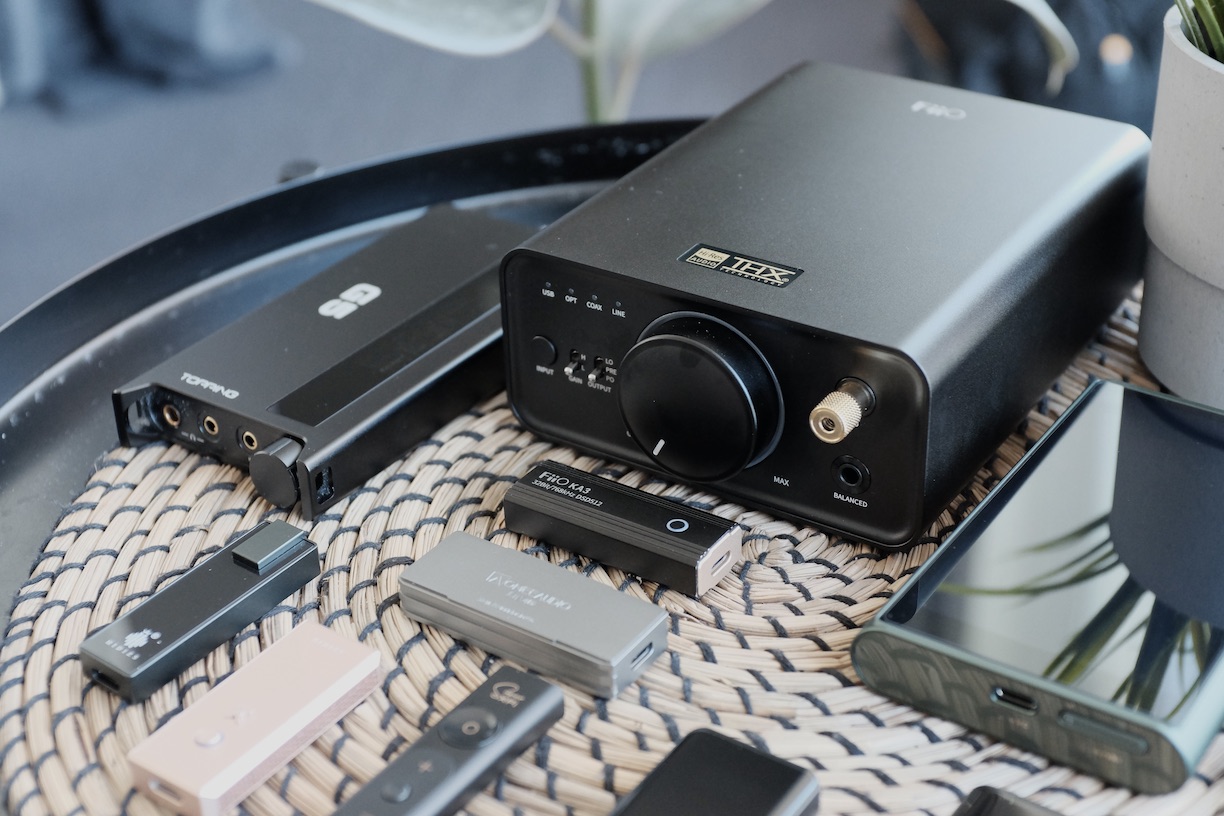FiiO K7 - Peace of Mind
Over the past few months, you have seen FiiO K7 as the reference DAC/amp to review other IEMs and earphones. It is finally time for the K7 to get on my review table for dissection.
Let’s discuss FiiO K7 and whether an IEM listener should / should not get a desktop DAC/amp such as K7.
Preambles:
- I use the term “source” to denote a DAC + Amp combo.
- Sources do not make sounds. Therefore, when I say sources “sound” a certain way, I talk about the change they make to my IEMs and earphones.
- I want my music to be crisp, clear, well-separated and form a 3D soundstage around my head. Sources that intensify those characteristics of my IEMs are considered “better”.
- Ratings are given based on A/B tests with benchmark sources and IEMs.
- Making loud noises does not mean that a pair of IEMs or earphones are driven to their full potential.
- Despite my textual descriptions, improvements from sources are minor and nuanced. If you are beginning your head-fi journey, getting different IEMs or earphones would yield more benefits. If you know your gears very well, source improvements can be delightful.
- The K7 used for this review was a sample provided by FiiO (Thank you!). The unit is retailed for USD $200 (AUD $340). Australians can buy the K7 from the official retailers Addicted to Audio and Minidics. Folks elsewhere can refer to FiiO retailers list.
Specs:
- DAC Chips: AK4493SEQ x2
- Amplifiers: THX AAA 788+ x2
- Output ports: 6.35mm (Single-ended) and 4.4mm (balanced)
- Input ports: USB-B (data), RCA inputs, optical, coaxial
- Single-ended output power: 1220mW@32ohm per channel, THD+N < 1%
- Balanced output power: 2000mW@32ohm per channel, THD+N
- Output impedance: < 1ohm (32ohm load)
- MQA support: N/A
Non-sound Aspects
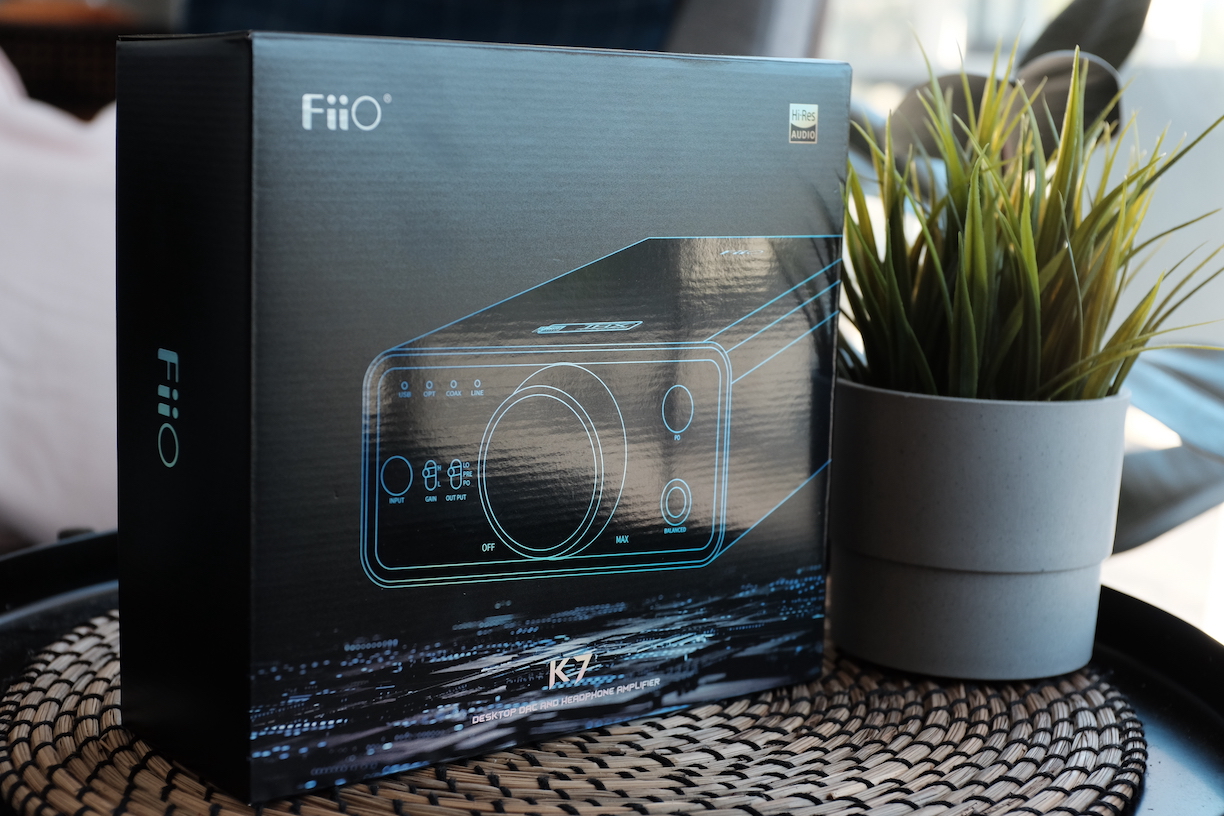
K7 comes in a large box with the familiar sci-fi design motif and holographic prints. Inside the box, you find the K7 itself, a USB-B to USB-A cable, a 6.35mm to 3.5mm adapter, a big power brick, and the K7 itself.
So what exactly is K7?
It’s an all-in-one unit with Digital-Analogue-Converter (DAC) and headphone amplifier. You can use K7 like a USB DAC/amp dongle: USB side to the laptop, audio side to your favourite headphones or IEMs. Noted that you need to plug the K7 into wall power.
Moreover, K7 would take over all audio output duties and disable the volume control feature on your laptop. I don’t mind because, would you look at that volume knob! That, alone, is worth getting a desktop setup.
The knob also doubles as the power switch. An RGB light ring around the knob indicates the resolution of the audio file being played. The volume adjustment is partially digital, so you don’t have channel imbalance at a lower volume. However, there is a delay between the turning of the knob and the volume adjustment.
An interesting feature of the knob is that the volume increase is not linear. It ramps up slowly in the first half and then increases quickly in the second half. It means that even with very sensitive IEMs like Andromeda, I still have much room to adjust the volume. Meanwhile, many dongles tend to be super loud, even at 1/100.
Speaking of volume, K7 has two gain settings. I hear a slightly more dynamic sound with more depth from the high-gain, single-ended, with my U12T, using Hotel California as a test track. The difference is even more prominent with demanding IEMs like Final E5000.
Still, the difference between gain settings is not as severe as the Topping G5, so I don’t think you need to worry too much. I decided to keep the gain high since the volume adjustment range is still relatively large, even with the ultra-sensitive Andromeda 2020.
You can also use the DAC or the amplifier section of the K7 separately. For instance, you can feed analogue audio signals from a standalone DAC to K7 via the RCA line, then use the RCA output to pass the signal to the next device in your chain. For this use case, you need to switch the output of K7 to “PRE.”
You can also use the K7 as a standalone DAC by switching to the line-out (LO) output mode. The RCA output would carry the line output from the DAC section of K7.
I do not have a complicated hi-fi setup, so I use K7 as an all-in-one directly from my desktop. I use it for IEMs, headphones, and my active speakers.
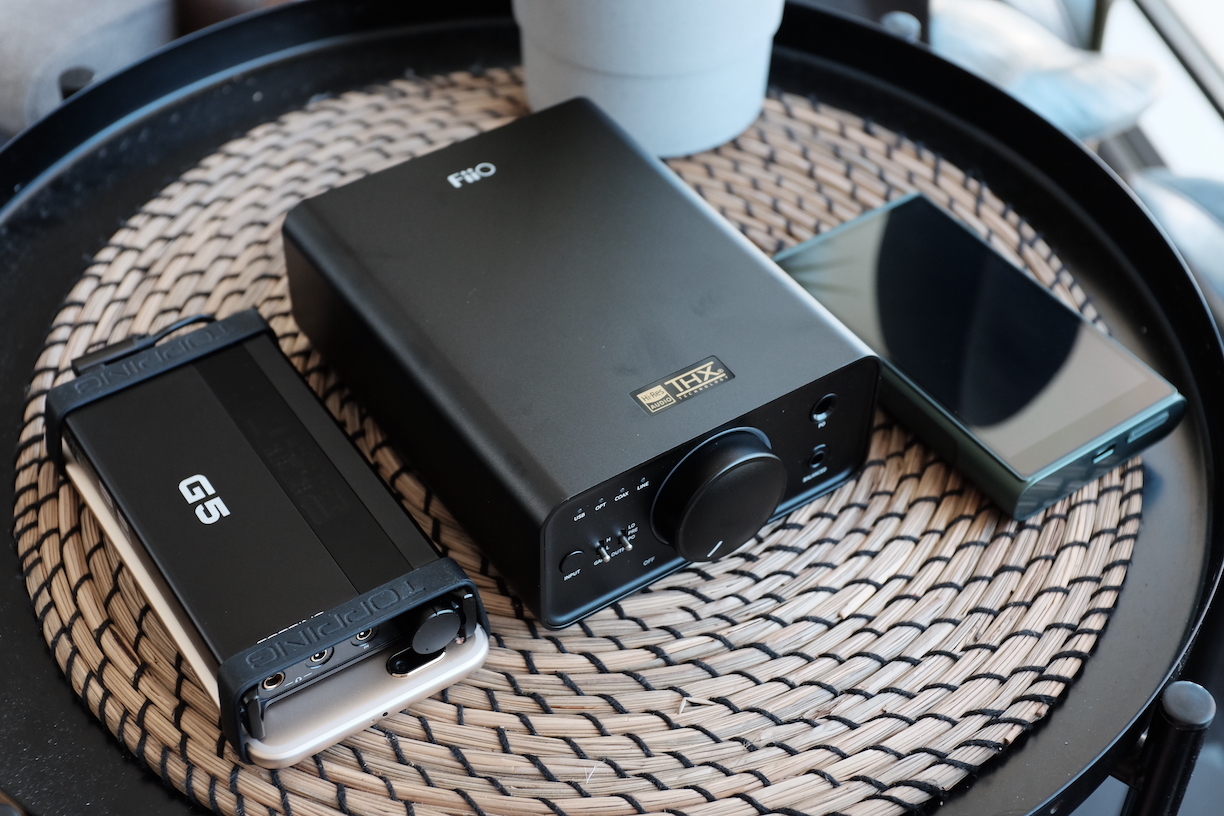
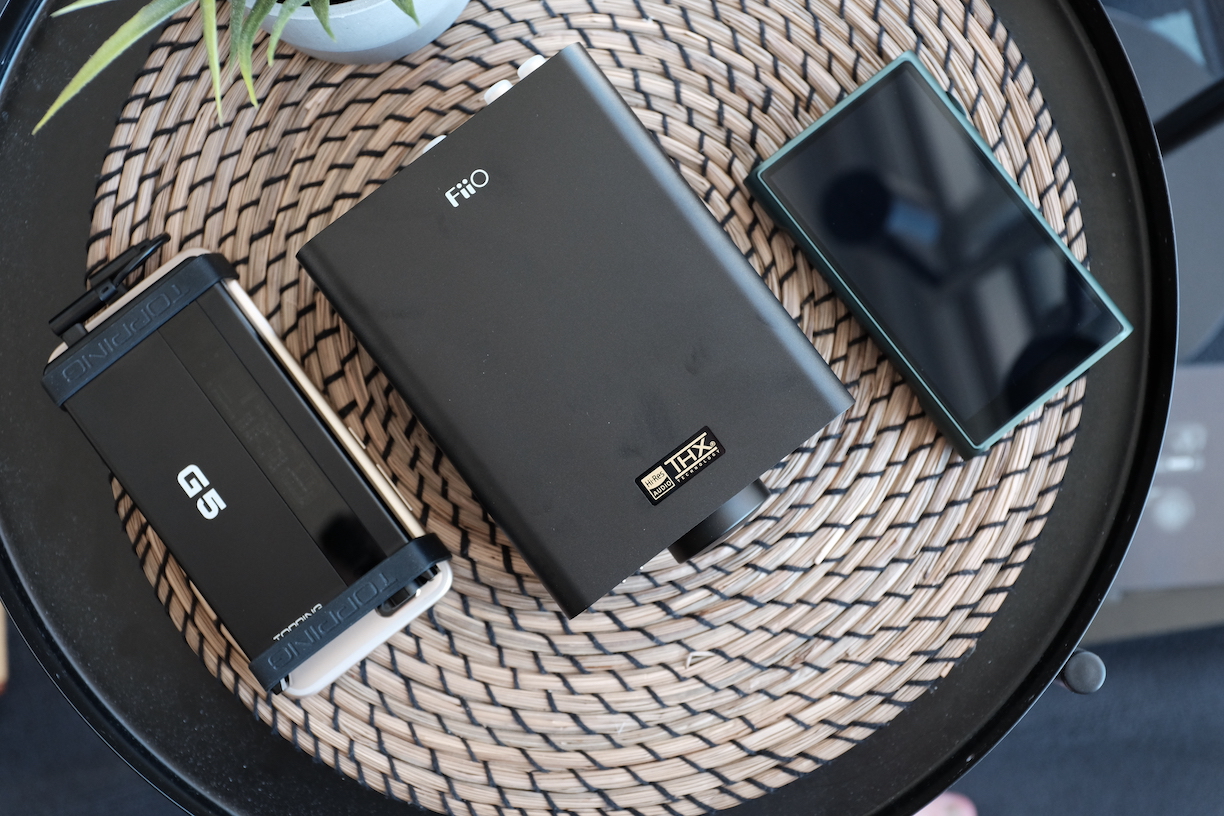
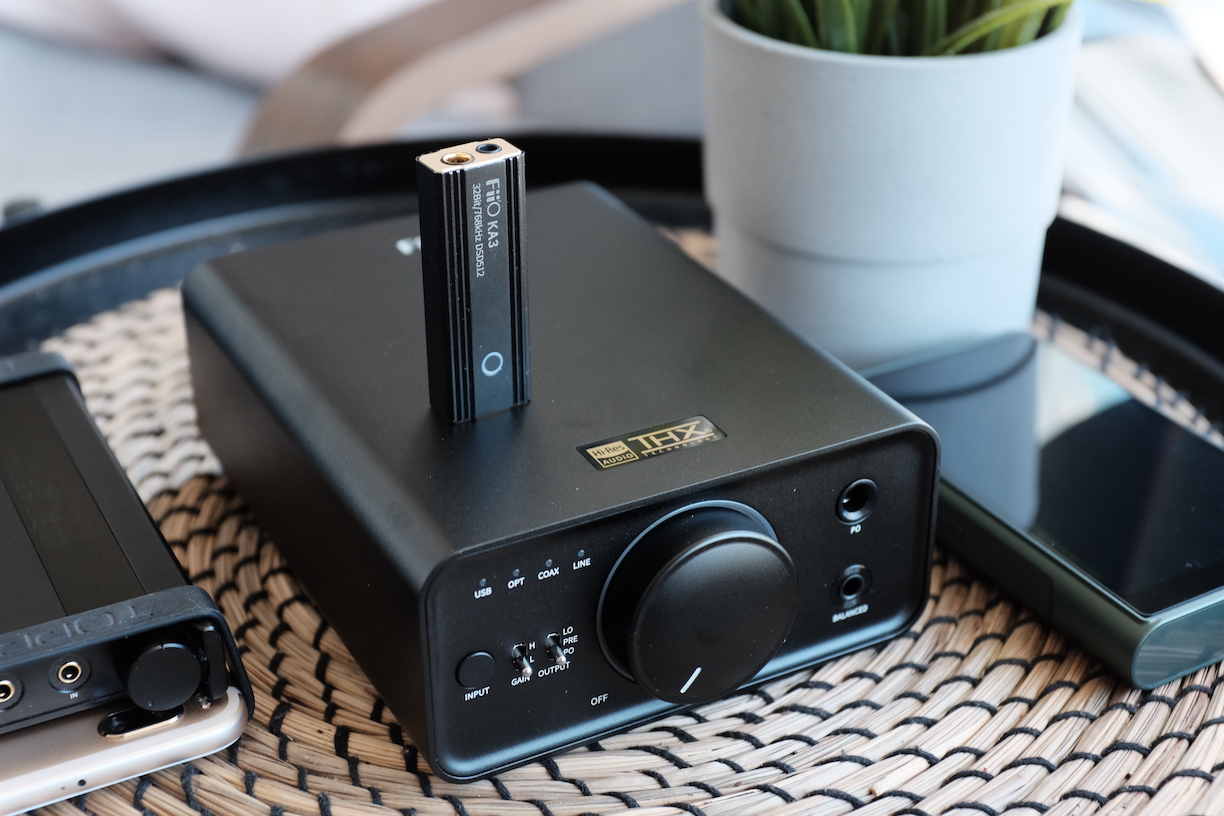
K7 is surprisingly large if you are used to petite portable gears. Against desktop competitors, the size of the K7 is more reasonable. From memory, the total volume of K7 is roughly the same as the Schiit Magni Modi stack and slightly less than the iFi Zen stack. K7 is way smaller than the Schiit Modius Magnius stack.
I find K7’s build quality assuring. It has a metal chassis that is cold to the touch but does get warm after a song or two. All buttons and switches are firm without any play or rattle.
Sound Performance
Gears for A/B tests:
- 64 Audio U12T (12.6ohm, 108dB/mW)
- Campfire Audio Andromeda 2020 (8.7ohm, 122.5dB/mW)
- Final Audio E5000 (14ohm, 93dB/mW)
- TGXear Serratus (300ohm)
- Apple USB-C to 3.5mm dongle (3/5 benchmark - Average)
- FiiO KA3 (4/5 benchmark - Good)
- Topping G5
- Shanling M6 Ultra
Playlist for A/B tests: IEGems Playlist
The overall tonality of the K7 strongly reminds me of the Apple dongle. K7 sounds natural with proper note weight. It does not emphasise the high frequencies and reduce the midbass like some ESS-based dongles or my Topping G5. The treble region is extended and detailed without edginess, “grit”, or “glare”. At the same time, K7 does not have the deliberate colouration that adds a warm hue to the sound like Shanling M6 Ultra.
As a desktop DAC/amp, K7 can provide most IEMs that “desktop effect,” making the soundstage larger and instruments more separated. The crispness and separation of music notes across the frequency response, especially in the bass and upper treble region, are noticeably better than an average dongle. However, the degree of improvement you can hear depends significantly on the specific IEM you use.
We discuss some archetypes of IEMs and how K7 handles them below.
Average IEM and earphones (5/5)
I use the 64 Audio U12T to represent an average IEM. A unique feature of U12T is a proprietary circuit called LID which ensures that the IEM’s tonality remains the same across multiple sources, regardless of sources’ output impedance. This feature makes U12T a uniquely valuable instrument to pinpoint deviations or colouring deliberately introduced by a source.
For the first test, I compared K7 with the Apple dongle, using Hotel California as a test track. At a glance, both devices sound very close. The tonality is identical because of the LID circuit within the U12T and the similar tuning of the K7 and the Apple dongle. The differences between K7 and the Apple dongles lie in note definition, separation, and bass response. These differences became apparent only after multiple back-to-back A/B tests. After pinpointing the differences, I couldn’t stop hearing the issues; thus, the Apple dongle became less appealing.
The most significant differences between K7 and the Apple dongle are the texture and details in the bass response. With the K7, I can hear the texture in the decay end of the kicks and easily separate the bass guitar from the kick drum. With the Apple dongle, the textures of the kicks are less apparent, and the bass guitar is not as clearly separated from the kicks. The sense of layering of instruments from closer to further away is also more robust with K7. The Apple dongle tends to place instruments on a few planes that are closer together, so the 3D effect of the soundstage is reduced.
Detail-rich classical recordings, such as Flute Partita in A Minor, BWV 1013: IV. Bourrée anglaiseperformed by Emmanuel Pahud, highlight the performance gap between K7 and the Apple dongle more than rock or commercial music. With K7, flute notes are more crisp and well-defined, and treble air details are precise and highlighted. There is a sense of realness and 3D that U12T can bring out with the help of K7, but not with the Apple dongle.
The performance gap between K7 and KA3 is similar in type and magnitude to that between K7 and the Apple dongle. With the flute partita, I can hear more ambience and reverberation of the room with K7. The treble response of KA3 has some “grit” that prevents the treble air from being rendered as clearly and highlighted as the K7. The clarity of flute notes is also higher on K7, albeit not much. I also hear a gap in bass texture and separation between K7 and KA3. Still, it’s difficult to spot without careful A/B and critical listening.
Conclusion: 5/5 - Excellent. K7 out-resolves both an Apple dongle and a good dongle, such as KA3, across the frequency spectrum. K7 can add a bit of oomph to the soundstage presentation. However, the sound quality gap between K7 and a good dongle is very minute when driving an average IEM.
Low-impedance, high-Sensitivity IEM (4/5)
Andromeda 2020 is a notoriously picky IEM. It easily reveals the hissing noises of an audio source. It is also sensitive to the impedance of the source and the cable itself. Connecting to a mismatched audio source can ruin the sound signature of these sensitive IEMs or at least prevent them from revealing their full potential.
What can a device like K7 offer the Andromeda that the Apple dongle cannot? Two things: bass and separation. In the iconic opening of the Hotel Califonia, I immediately noticed stronger and more physical kicks with K7. On the other hand, the kicks with the Apple dongle are barely recognisable. Guitars and vocals have more precise note attacks and extended decay with K7. The separation between foreground and background, such as between the band and the audience’s cheer at 3:00, is also more distinctive with K7. As a result of these differences, the Andromeda feels more lively and 3D with K7 compared to the Apple dongle.
The gap in resolution and separation between KA3 and K7 is slimmer. However, the KA3 still cannot power the bass kicks of Andromeda like K7. Due to the bass, I would say Andromeda sounds better on K7 compared to KA3.
Whilst the sound quality improvement is a welcome upgrade, the critical advantage of K7 is the volume control. With most dongles, I need to turn the volume to a very low level to avoid blowing my ears out with the Andromeda. There have been times when I don’t have a volume level left to reduce when a track is mastered with too high volume. With the dongles, I also lack the granular volume control offered by K7’s knob.
K7 is not perfect, though. When I turn the volume very low, even at low gain, I hear a slight hissing noise. At high gain, the hiss is more prominent. You are unlikely to notice the hiss when listening to loud and dense music, such as Hotel California unless you actively look for the hiss. However, the hiss on the high gain is very prominent with sparse recordings such as Flute Partita in A Minor, BWV 1013: IV. Bourrée anglaiseperformed by Emmanuel Pahud.
Conclusion: 4/5 - Good. The K7 does an excellent job of revealing the full potential of Andromeda. However, it is held back by the noise floor.
Low-impedance, low-sensitivity IEM (5/5)
Despite the petite appearance, Final Audio E5000 is one hell of an IEM to drive. Low impedance, low sensitivity, and significantly bass-boosted make a nasty combination. You can get the midrange 1kHz region loud with even an Apple dongle. However, the bass would become muddy, making the E5000 blunted, fuzzy, and congested. That’s not how these IEMs should perform. When powered by the proper desktop amplifier, E5000 is a bass-head dream with an overwhelming amount of tight and deep bass. The clarity of the midrange and treble region is also more than adequate, and the soundstage is broad and deep.
K7 drives E5000 like a champ. In fact, the description above regarding how E5000 should sound is based on how K7 drives these stubborn IEMs.
The differences between K7 (high-gain) and Apple dongle are immediately noticeable when replaying Hotel California, centering around aspects. Firstly, the depth and layering of the soundstage. The Apple dongle does not convey any sense of depth and layering, pushing the primary vocal right up to my face. The K7 conveys a strong sense of depth, putting the main vocal in front of me as if I’m listening to a 2-channel system. K7 also renders a strong separation between the band in the foreground and the audience’s cheers in the background.
Secondly, the kick drums sound tighter and deeper on K7. The Apple dongle renders kicks and bass guitar as loud “thud thud” sounds with fuzzy attack and long decay. K7 tightens up and extends the bass deeper into the sub-bass, making you feel more bass whilst reducing the boominess.
Thirdly, K7 increases the clarity across the whole frequency range. Instruments and vocals become easier to track. More nuances are revealed.
The gap between KA3 and K7 is smaller and requires more careful A/B tests. Using Hotel California again as a test track, I found that K7 and KA3 place main vocals almost the same distance. However, K7 conveys a stronger sense of layering between the band and the audience. E5000 also sounds more detailed and vibrant on K7. Guitars have more brightness and bites. The cheer of the audience comes across more clearly and detailed.
High-impedance earbuds (5/5)
Serratus is a pair of 300ohm flathead earbuds made by a fellow head-fi reviewer known as tgx78. These earbuds have achieved legendary status amongst enthusiasts due to their resolution and soundstage imaging. It’s also excellent for testing the ability of an amplifier to drive high-impedance devices.
Since the Apple dongle does not have 4.4mm termination, I will skip and focus on comparing K7 and KA3. With Hotel Califonia, I immediately hear a larger soundstage with K7. The band sits further from me, and all instruments are spread out, creating a nice 3D illusion. KA3 feels more congested in comparison. Vocals and guitars sound duller and less detailed with KA3, even though the KA3 sounds more “trebly” than K7.
Using Flute Partita in A Minor, BWV 1013: IV. Bourrée anglaise as another test track, I can confirm that K7 has more richness in the lower end and more details in the top end comparing to KA3. The concert flute has more warmth and body. The reverberation of the flute in the recording hall is also crisper and more detailed, adding a strong sense of ambience to the performance.
In conclusion, K7 drives 300 ohms loads to the next level compared to an average USB dongle. 5/5.
Valuation
At the time of writing, K7 retails for less than any other entry-level desktop setup in Australia, such as the Schiit Magni Modi stack, iFi Zen stack, JDS Labs ATOM, and Topping D50+A50. As an IEM listener, I found that these desktop setups mostly perform at the same level with only slight differences. Because I am an IEM listener, I appreciate the 4.4mm output more than XLR or 6.35mm (only) output. Finally, suppose you go with a stack. In that case, you must account for the RCA interconnection cables and additional wiring for the power supply. Therefore, I consider K7 as the best value product within this category.
Conclusion
Should you get a K7 if you only listen to IEMs? It depends on whether you have a desk setup at home or office. If you have a fixed spot where you sit down and work on your computer daily, a desktop DAC/amp like K7 is a good addition. The sound quality improvement, however slim, is there. The key benefits are quality-of-life improvements such as the volume knob, the wide adjustment range for sensitive IEMs, and flexibility. And the most important of all is the peace of mind, the freedom from the nagging thought, “am I bottlenecking my IEMs with these dingy dongles?” It’s hard to bottleneck your IEMs when you drive them with a beefy desktop device. Recommendation without reservation.
Pros:
- Volume knob!
- A lot of volume adjustment range for sensitive IEMs
- Extract the most sound quality out of your IEMs
- Versatility
- Assuring build quality
- Price
Cons:
- Hiss on high-gain with ultra-sensitive IEMs
